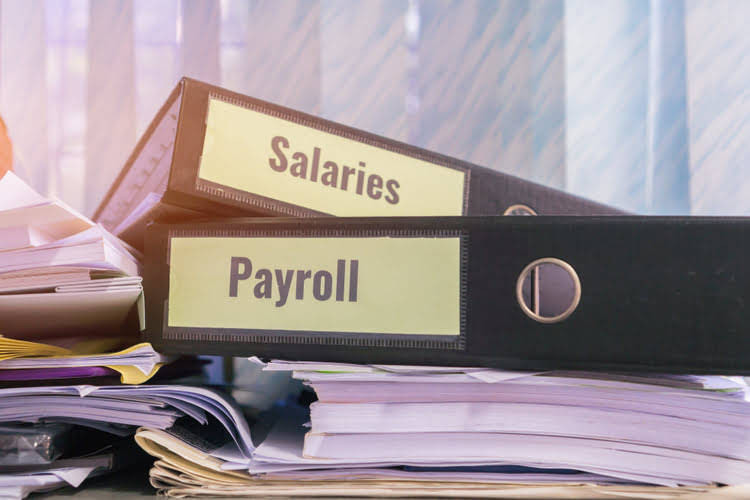
As you can see there is a heavy focus on financial modeling, finance, Excel, business valuation, budgeting/forecasting, PowerPoint presentations, accounting and business strategy. Learn how to handle your small business accounting and get the financial information you need to run your business successfully. Our team is ready to learn about your business and guide you to the right solution.

What is the difference between a deferred asset and a prepaid expense?
This means that it represents money the company has received but has yet to be earned. Some examples of deferred revenue include prepaid subscriptions, advance payments for services, and gift cards that have been purchased but have yet to be used. On the other hand, revenue is money that the company has earned through its products or services. The opposite of deferred revenue is revenue that has been earned but has yet to be received. Companies must know their deferred revenue balance and properly account for it in their financial statements.

What is the process for making a journal entry involving deferred revenue?
Deferred Revenue (also called Unearned Revenue) is generated when a company receives payment for goods and/or services that have not been delivered or completed. If a customer pays for goods/services in advance, the company does not record any revenue on its income statement and instead records a liability on its balance sheet. To report deferred revenue in the balance sheet, it is classified as a short-term or long-term liability, depending on when the goods or services are expected to be delivered.
In what scenarios would a company need to debit or credit deferred revenue in their accounts?
As each month passes, one-twelfth of the deferred revenue ($10) is recognized as revenue, reflecting the portion of the subscription that has been fulfilled. Deferred revenue is a payment from a customer for goods or services that have not yet been provided by the seller. The seller records this payment as a liability, because it has not yet been earned. Once the goods or services related to the customer payment are delivered to the customer, the seller can eliminate the liability and instead record revenue.

On the balance sheet, cash would increase by $1,200, and a liability called deferred revenue of $1,200 would be created. Sometimes businesses take an advance payment on a good or service meaning they’ve been paid upfront and now they need to fulfill their end of the deal. In subscription-based industries with software services, prepaid service agreements, and professional retainers, deferred revenue can be a significant part of Retail Accounting a company’s operations. For example, Microsoft Corporation (MSFT) reported about $60.18 billion in deferred revenue in 2024, illustrating the significant scale of future commitments to its customers. If the warranty period is longer than one year, the revenue from the sale of the product may be deferred until the warranty period is over. The revenue is recorded as a deferred asset on the balance sheet until the warranty period is complete.
Reporting and Compliance
If you don’t deliver the agreed-upon good or service, or your customer is unhappy with the end product, your deferred revenues could be at risk. Generally speaking, you should be more careful spending cash from deferred normal balance revenues than regular cash. Deferred revenue is classified as a liability, in part, to make sure your financial records don’t overstate the value of your business. A SaaS (software as a service) business that collects an annual subscription fee up front hasn’t done the hard work of retaining that business all year round. Classifying that upfront subscription revenue as “deferred” helps keep businesses honest about how much they’re really worth. For example, if a business pays out a performance bonus annually and one of their employees has been smashing goals every month, the bonuses are adding up.
- Deferred charges are costs that are incurred to obtain a long-term benefit, such as the cost of developing a new product.
- When payment is received in advance, the company debits the “Cash” account to recognize the inflow of cash and credits the “DR” account, acknowledging the liability.
- In summary, deferred revenue plays a vital role in reflecting a company’s true financial health and accurately portraying its revenue recognition.
- The analysis of cash flows in relation to deferred revenue also sheds light on the company’s business model and customer payment behaviors.
- Liabilities are caused by various commercial circumstances, all of which are connected to instances in which a firm owes money to another entity.
- For example, if a company receives payment for a service that will be provided over the course of a year, it would record the payment as deferred revenue.
A golf club charges its members SAR 120 in annual dues, which are levied right away when a member registers to join the club. Similarly, the construction industry, which typically engages in long-term projects, recognizes revenue deferred revenue is classified as over time as work is completed. This sector must pay close attention to the percentage-of-completion method, which can affect the timing and amount of revenue recognized. The method requires estimates of the overall project costs and completion timelines, introducing a level of complexity and judgment into the revenue recognition process. When payment is received in advance, the company debits the “Cash” account to recognize the inflow of cash and credits the “DR” account, acknowledging the liability. Managing accrual based accounting and deferred revenue can get complicated, whether your business is small or dealing with a large volume of transactions.
